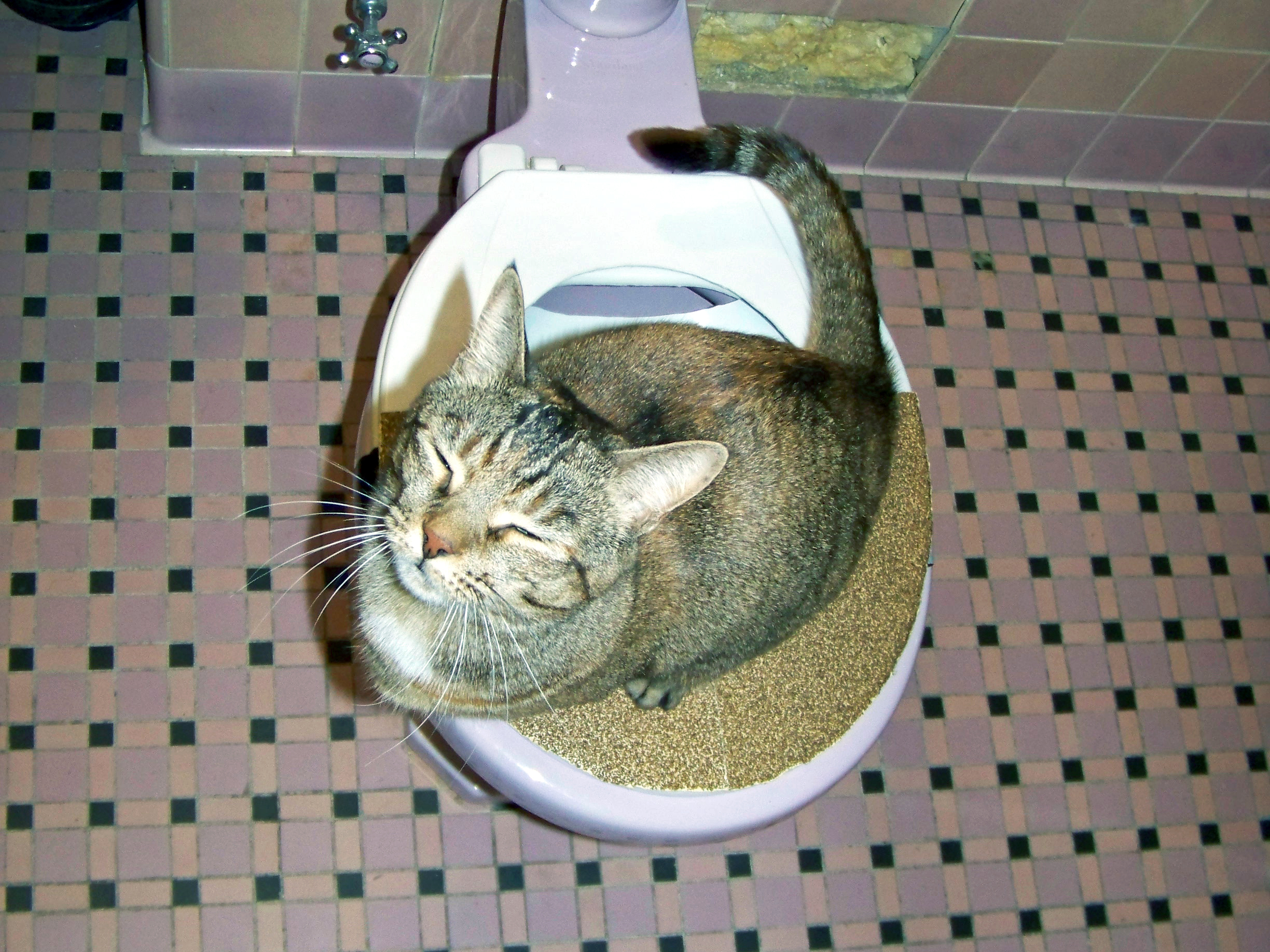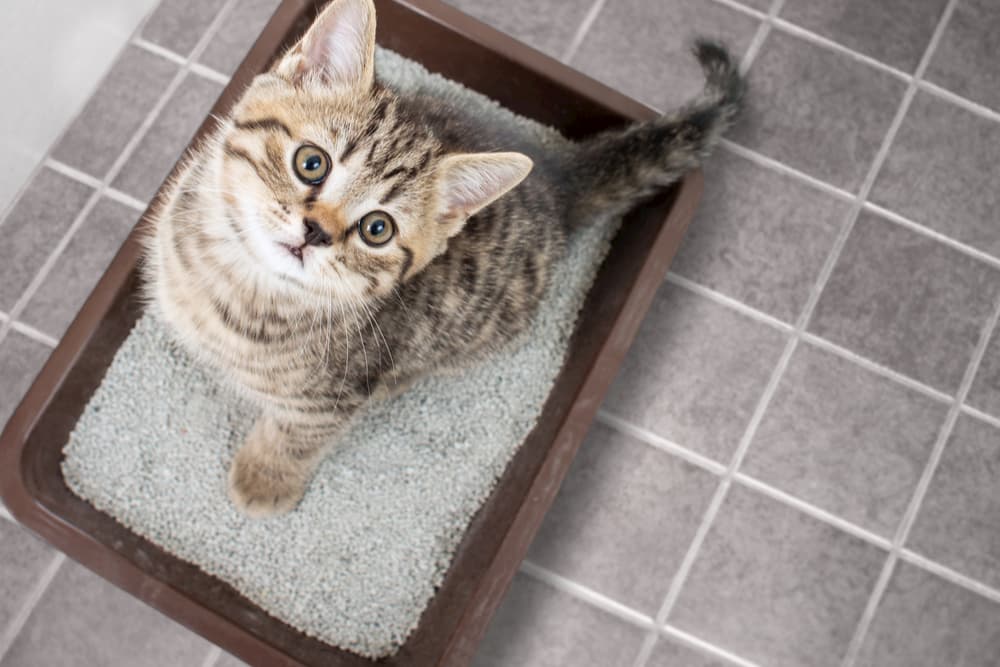An Value of Proper Disposal of Animal Waste
An Value of Proper Disposal of Animal Waste
Blog Article
We have stumbled on this great article relating to Should you flush animal waste down the toilet directly below on the net and think it made good sense to talk about it with you over here.

When it comes to getting rid of waste, specifically animal waste, lots of people typically turn to the hassle-free choice of flushing it down the commode. However, this seemingly simple service can have severe effects for the environment and public health. In this short article, we'll check out why flushing pet waste down the bathroom is a poor idea and offer alternate techniques for appropriate disposal.
Introduction
Proper waste disposal is essential for maintaining environmental sustainability and public health. While it might seem harmless to purge animal waste down the bathroom, it can cause various issues, both for the setting and human health.
Threats of flushing animal waste
Ecological effect
Purging pet waste presents dangerous bacteria and pathogens into rivers, which can adversely impact water ecosystems. These virus can contaminate water sources and harm marine life, interrupting delicate environments.
Public health issues
Animal waste has hazardous bacteria such as E. coli and Salmonella, which can posture significant health and wellness risks to human beings. Flushing pet waste down the toilet can infect water materials, leading to the spread of diseases and infections.
Alternatives to flushing
Rather than flushing animal waste down the commode, there are several alternate disposal approaches that are much more eco-friendly and sanitary.
Composting
Composting pet waste is an environmentally friendly method to deal with it. By composting, raw material is broken down right into nutrient-rich dirt, which get more info can be utilized to fertilize gardens and plants.
Land fill disposal
Disposing of animal waste in a garbage dump is another alternative. While not as environmentally friendly as composting, it is a safer choice to flushing, as it avoids the contamination of water sources.
Family pet waste disposal systems
There are specific pet dog waste disposal systems readily available that safely and hygienically take care of animal waste. These systems commonly use enzymes to break down waste and get rid of smells.
Steps to proper pet waste disposal
To make sure correct disposal of pet waste, follow these steps:
Scooping and nabbing waste
Consistently scoop and bag pet waste using naturally degradable bags. This protects against waste from contaminating the setting.
Using designated waste containers
Dispose of bagged animal waste in assigned waste containers, such as garden compost bins or landfill containers. Stay clear of flushing it down the bathroom in any way expenses.
Cleansing can and family pet areas regularly
On a regular basis clean can and pet dog areas to avoid the buildup of waste and microorganisms. Usage pet-safe cleaning products to maintain hygiene.
Advantages of proper disposal techniques
Taking on proper disposal approaches for pet waste supplies numerous advantages:
Decreased environmental pollution
Correct disposal approaches decrease the risk of environmental pollution, securing rivers and ecosystems from contamination
Minimized risk of water contamination.
By avoiding flushing animal waste down the toilet, the risk of water contamination is substantially minimized, securing public health.
Boosted hygiene and hygiene
Proper disposal techniques advertise better hygiene and health, producing a much safer environment for both human beings and animals.
Conclusion
Finally, flushing pet waste down the commode is damaging to the environment and public health. By taking on alternate disposal methods and following correct waste administration techniques, we can decrease the unfavorable impact of pet waste and add to a cleaner, much healthier world.
Why You Should Never Flush Cat Poop Down the Toilet
A rose by any other name might smell as sweet, but not all poop is created equal. Toilets, and our sewage systems, are designed for human excrement, not animal waste. It might seem like it couldn’t hurt to toss cat feces into the loo, but it’s not a good idea to flush cat poop in the toilet.
First and foremost, assuming your cat uses a litter box, any waste is going to have litter on it. And even the smallest amount of litter can wreak havoc on plumbing.
Over time, small amounts build up, filling up your septic system. Most litter sold today is clumping; it is made from a type of clay that hardens when it gets wet. Ever tried to scrape old clumps from the bottom of a litter box? You know just how cement-hard it can get!
Now imagine just a small clump of that stuck in your pipes. A simple de-clogger like Drano isn’t going to cut it. And that means it’s going to cost you big time to fix it.
For an amusing, graphic tale of what happens when you flush too much litter down the toilet all at once, take a few minutes to read Gene Weingarten’s 2017 Washington Post column “So that’s what happens when you flush cat litter down the toilet.”
Parasitic Contamination
Believe it or not, your healthy kitty may be harboring a nasty parasite. Only cats excrete Toxoplasma in their feces. Yet it rarely causes serious health issues in the cats that are infected. Most people will be fine too if infected. Only pregnant women and people with compromised immune systems are at risk. (If you’ve ever heard how women who are expecting are excused from litter cleaning duty, Toxoplasma is why.)
But other animals may have a problem if infected with the parasite. And human water treatment systems aren’t designed to handle it. As a result, the systems don’t remove the parasite before discharging wastewater into local waterways. Fish, shellfish, and other marine life — otters in particular — are susceptible to toxoplasma. If exposed, most will end up with brain damage and many will die.
Depending on the species of fish, they may end up on someone’s fish hook and, ultimately on someone’s dinner plate. If that someone has a chronic illness, they’re at risk.
Skip the Toilet Training
We know there are folks out there who like to toilet train their cats. And we give them props, it takes a lot of work. But thanks to the toxoplasma, it’s not a good idea.
Leave the toilet to the humans, and accept your future litter cleaning duty.

On a regular basis clean can and pet dog areas to avoid the buildup of waste and microorganisms. Usage pet-safe cleaning products to maintain hygiene.
Advantages of proper disposal techniques
Taking on proper disposal approaches for pet waste supplies numerous advantages:
Decreased environmental pollution
Correct disposal approaches decrease the risk of environmental pollution, securing rivers and ecosystems from contamination
Minimized risk of water contamination.
By avoiding flushing animal waste down the toilet, the risk of water contamination is substantially minimized, securing public health.
Boosted hygiene and hygiene
Proper disposal techniques advertise better hygiene and health, producing a much safer environment for both human beings and animals.
Conclusion
Finally, flushing pet waste down the commode is damaging to the environment and public health. By taking on alternate disposal methods and following correct waste administration techniques, we can decrease the unfavorable impact of pet waste and add to a cleaner, much healthier world.
Why You Should Never Flush Cat Poop Down the Toilet
A rose by any other name might smell as sweet, but not all poop is created equal. Toilets, and our sewage systems, are designed for human excrement, not animal waste. It might seem like it couldn’t hurt to toss cat feces into the loo, but it’s not a good idea to flush cat poop in the toilet.
First and foremost, assuming your cat uses a litter box, any waste is going to have litter on it. And even the smallest amount of litter can wreak havoc on plumbing.
Over time, small amounts build up, filling up your septic system. Most litter sold today is clumping; it is made from a type of clay that hardens when it gets wet. Ever tried to scrape old clumps from the bottom of a litter box? You know just how cement-hard it can get!
Now imagine just a small clump of that stuck in your pipes. A simple de-clogger like Drano isn’t going to cut it. And that means it’s going to cost you big time to fix it.
For an amusing, graphic tale of what happens when you flush too much litter down the toilet all at once, take a few minutes to read Gene Weingarten’s 2017 Washington Post column “So that’s what happens when you flush cat litter down the toilet.”
Parasitic Contamination
Believe it or not, your healthy kitty may be harboring a nasty parasite. Only cats excrete Toxoplasma in their feces. Yet it rarely causes serious health issues in the cats that are infected. Most people will be fine too if infected. Only pregnant women and people with compromised immune systems are at risk. (If you’ve ever heard how women who are expecting are excused from litter cleaning duty, Toxoplasma is why.)
But other animals may have a problem if infected with the parasite. And human water treatment systems aren’t designed to handle it. As a result, the systems don’t remove the parasite before discharging wastewater into local waterways. Fish, shellfish, and other marine life — otters in particular — are susceptible to toxoplasma. If exposed, most will end up with brain damage and many will die.
Depending on the species of fish, they may end up on someone’s fish hook and, ultimately on someone’s dinner plate. If that someone has a chronic illness, they’re at risk.
Skip the Toilet Training
We know there are folks out there who like to toilet train their cats. And we give them props, it takes a lot of work. But thanks to the toxoplasma, it’s not a good idea.
Leave the toilet to the humans, and accept your future litter cleaning duty.

As a person who reads about 4 Reasons Why Dog Poop Cleanup is Important, I imagined sharing that article was really helpful. Are you aware of somebody who is fascinated by the topic? Why not promote it. Thanks a lot for going through it.
Website Report this page